Setup time: 3 Min
1. Add Cisco AppDynamics Integration to Your All Quiet Team
Create a Cisco AppDynamics integration
- Click on the
Integrations > InboundTab. - Click on
Create New Integration.

Select Cisco AppDynamics as the Integration’s Type
- Enter a
Display Namefor your Cisco AppDynamics integration, e.g. “AppDynamics”. - Pick the
Teamyou’d like to add the integration to. - Select
Cisco AppDynamicsas the type. - Click
Create Inbound Integration.
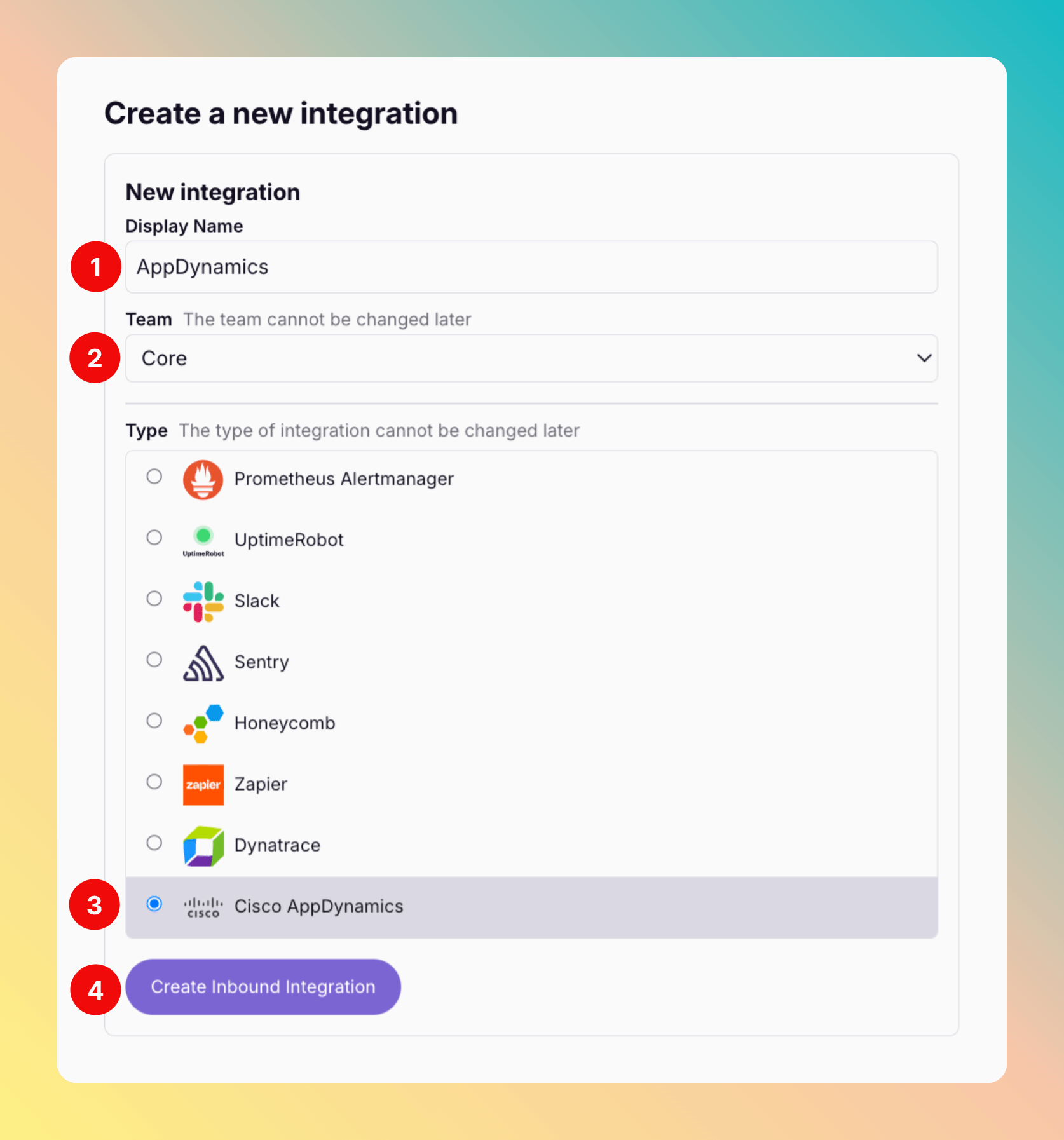
Get the All Quiet webhook URL
After creating the integration on All Quiet, you can view and copy the webhook URL. You will require this URL in step 2 when configuring the custom integration on Cisco AppDynamics.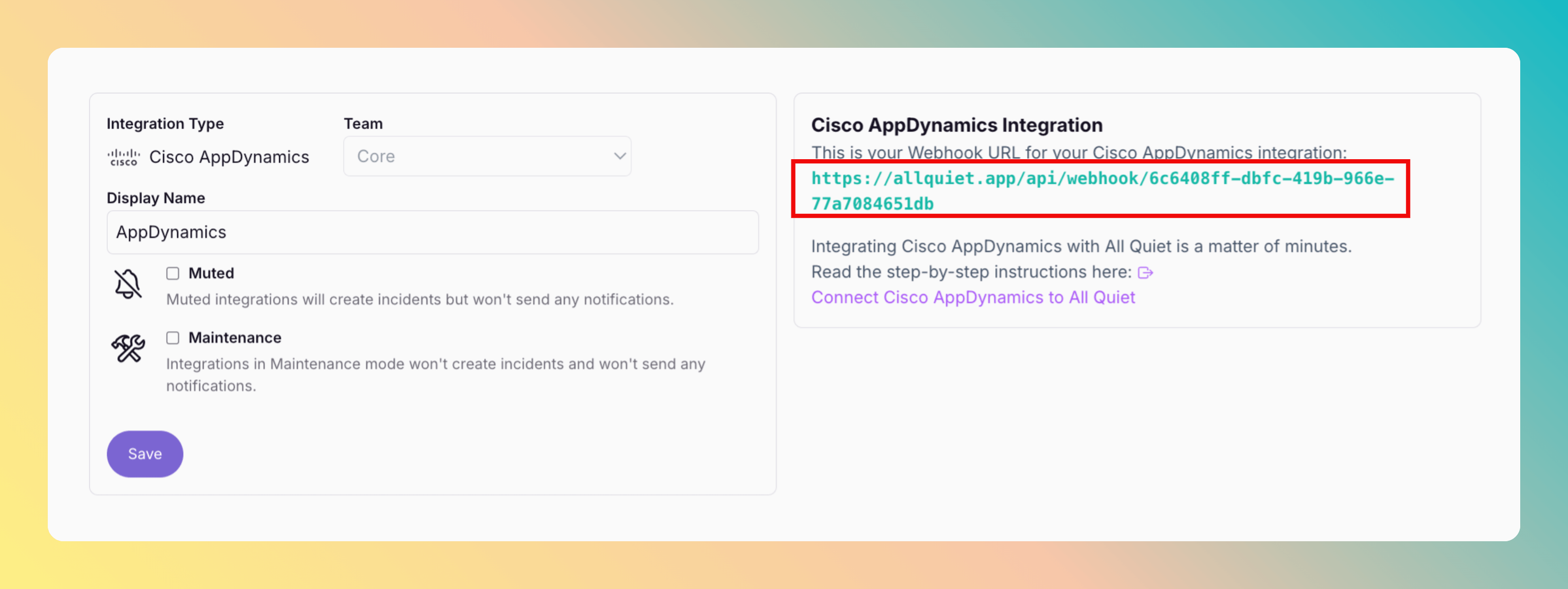
2. Create a custom integration on Cisco AppDynamics
Sign in to your Cisco AppDynamics Account.- Open
Account Overview Launch Controller.
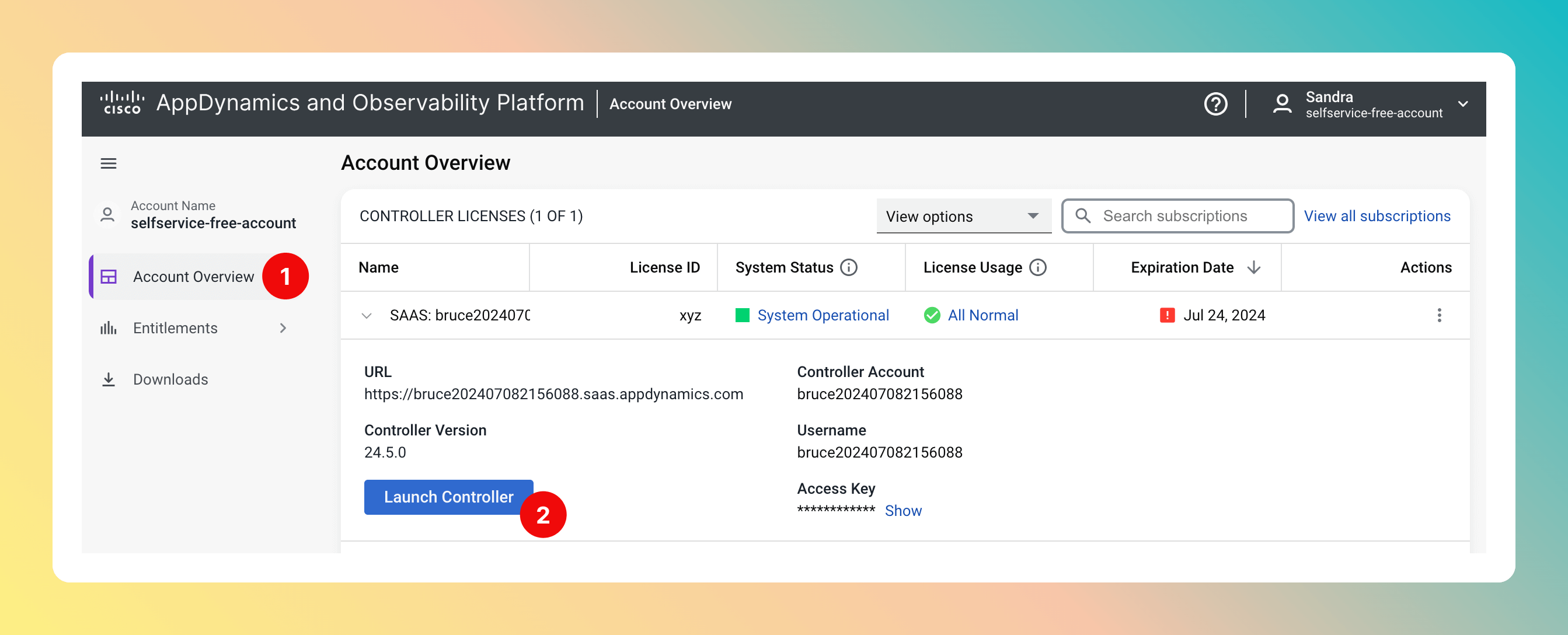
Alert & Respond page.
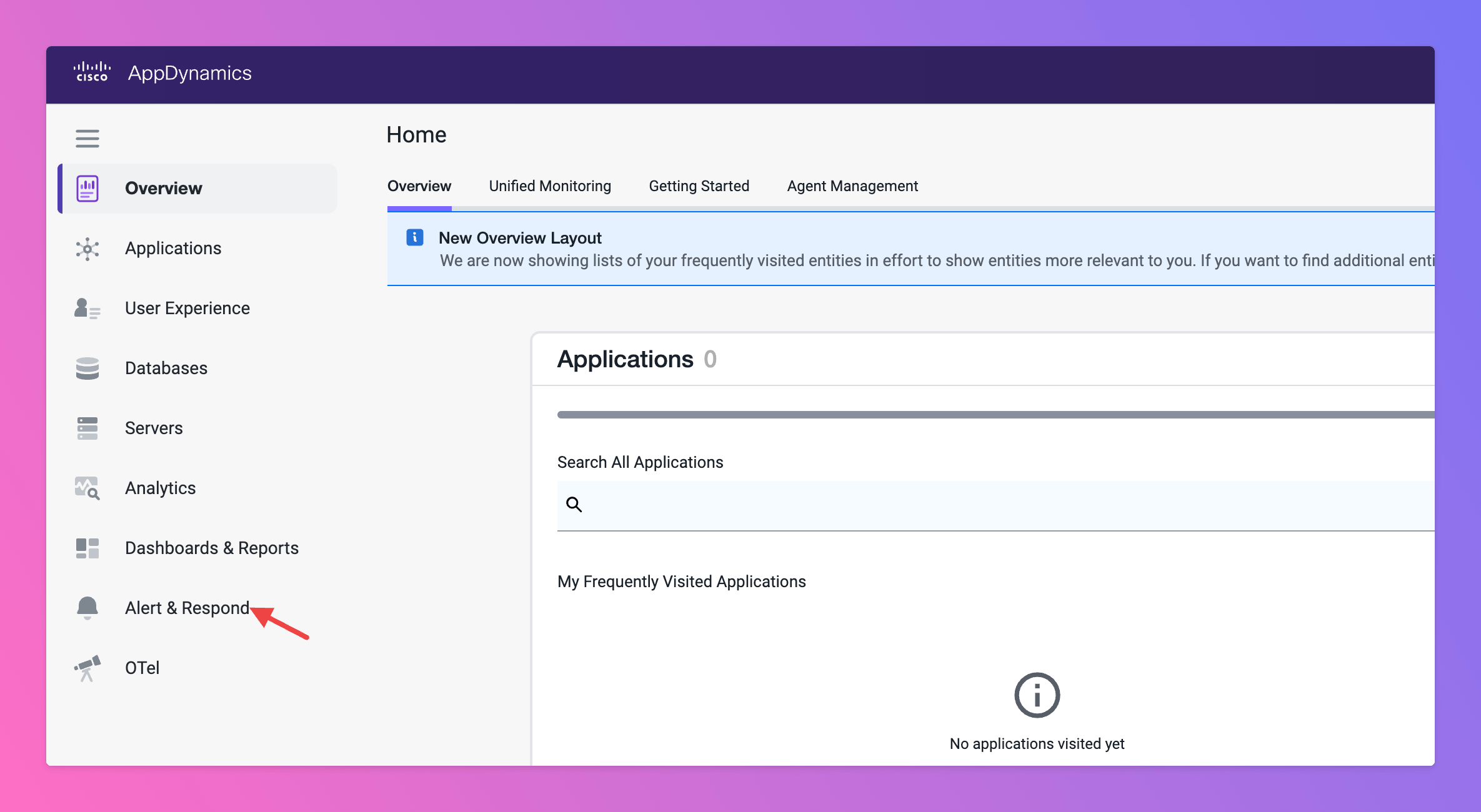
- Open
HTTP Request Templatesin sitenav. - Start
Newtemplate.
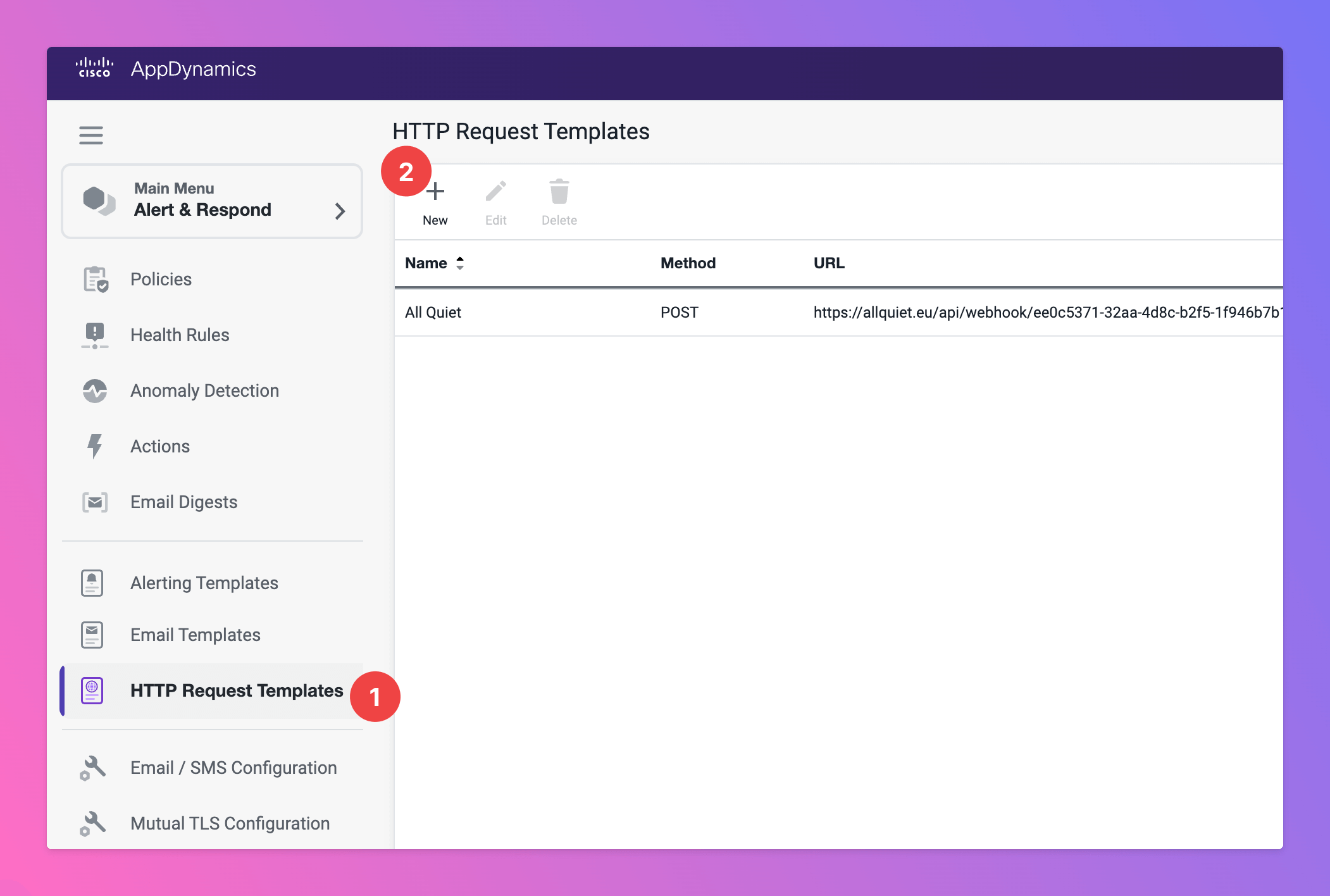
- Add a
Namefor your HTTP request template, like “All Quiet” - For the
Request URL, selectMethod“Post” - As
Raw URL, paste in the All Quiet webhook URL you’ve obtained in step Get The All Quiet Webhook URL.
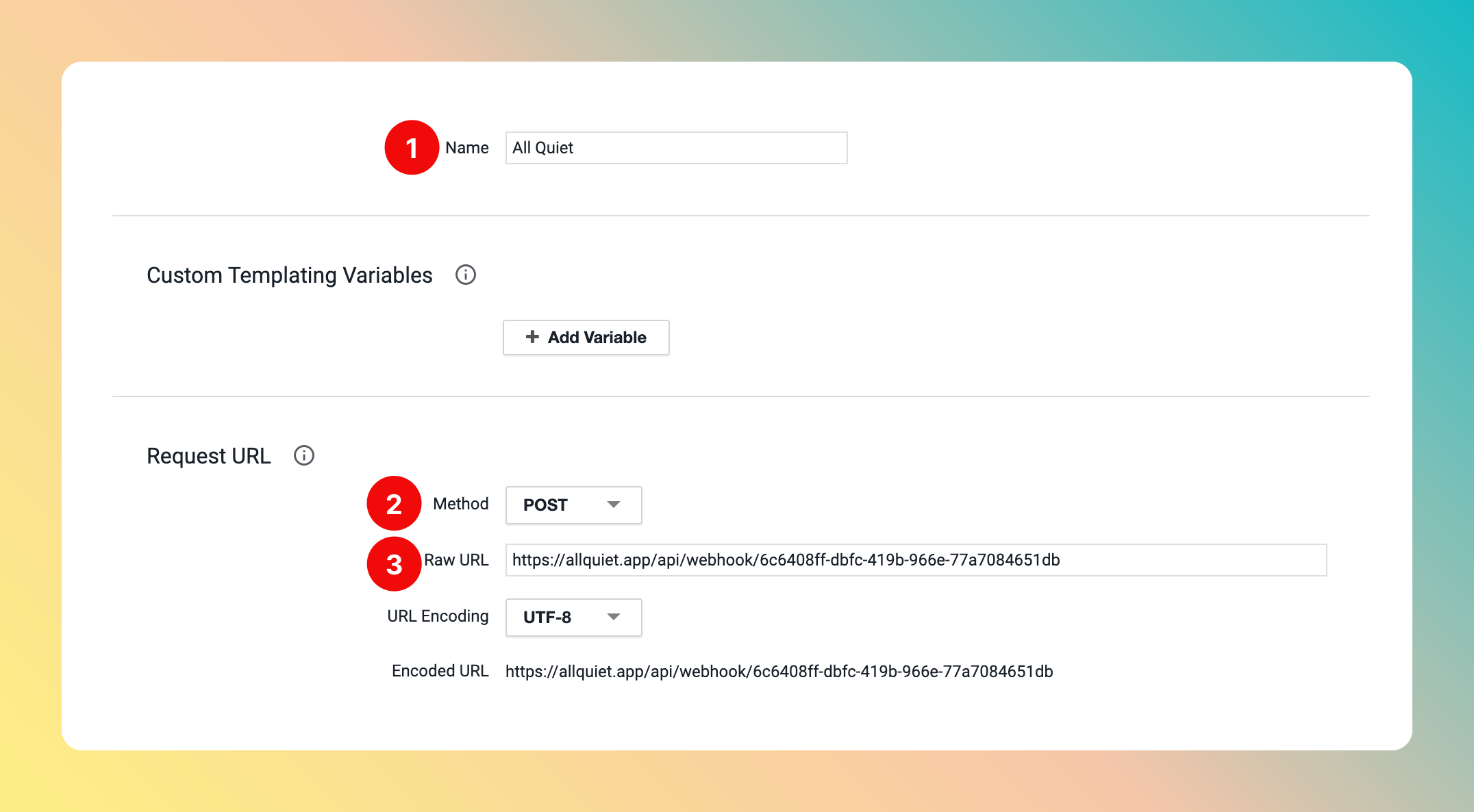
- As
AuthentificationType, select “NONE” - As
PayloadMIME Type, select “application/json” - Use the following
Payload
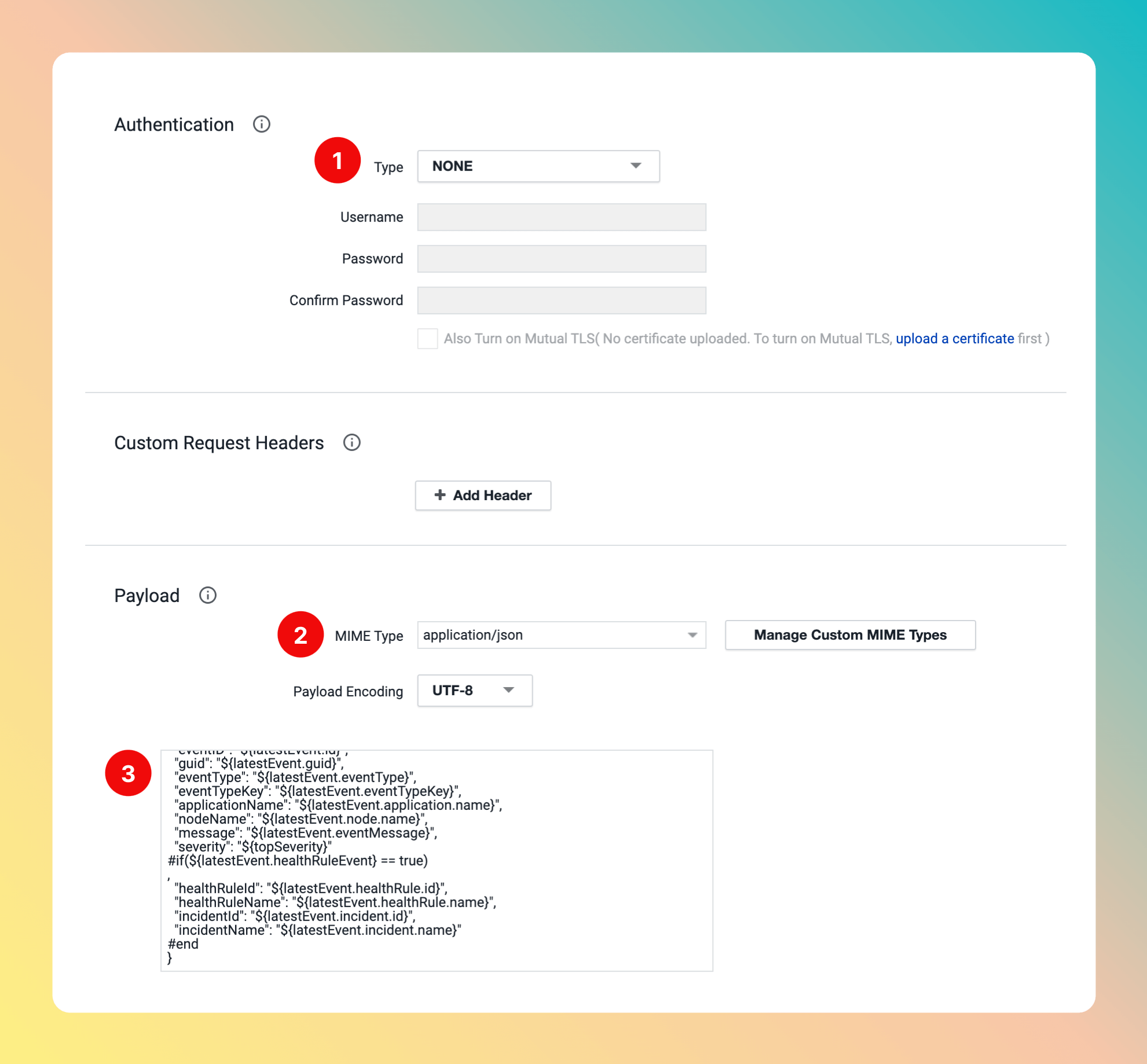
- In section
Response Handling Criteria, addSuccess CriteriawithStatus Code200 andContent Type“application/json”. - In
Settings, checkOne Request Per Eventbox. - Click on
Save.
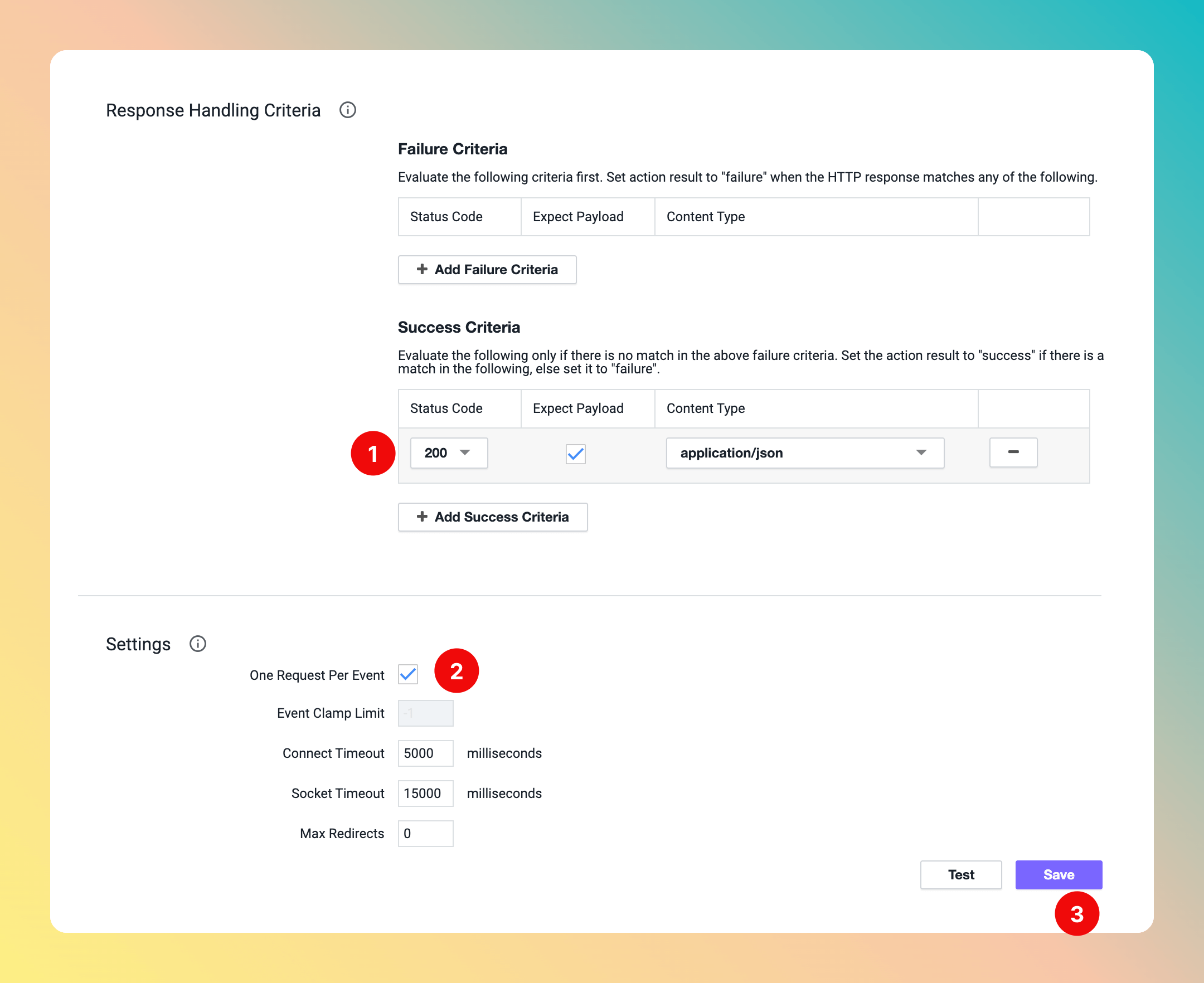
Test.
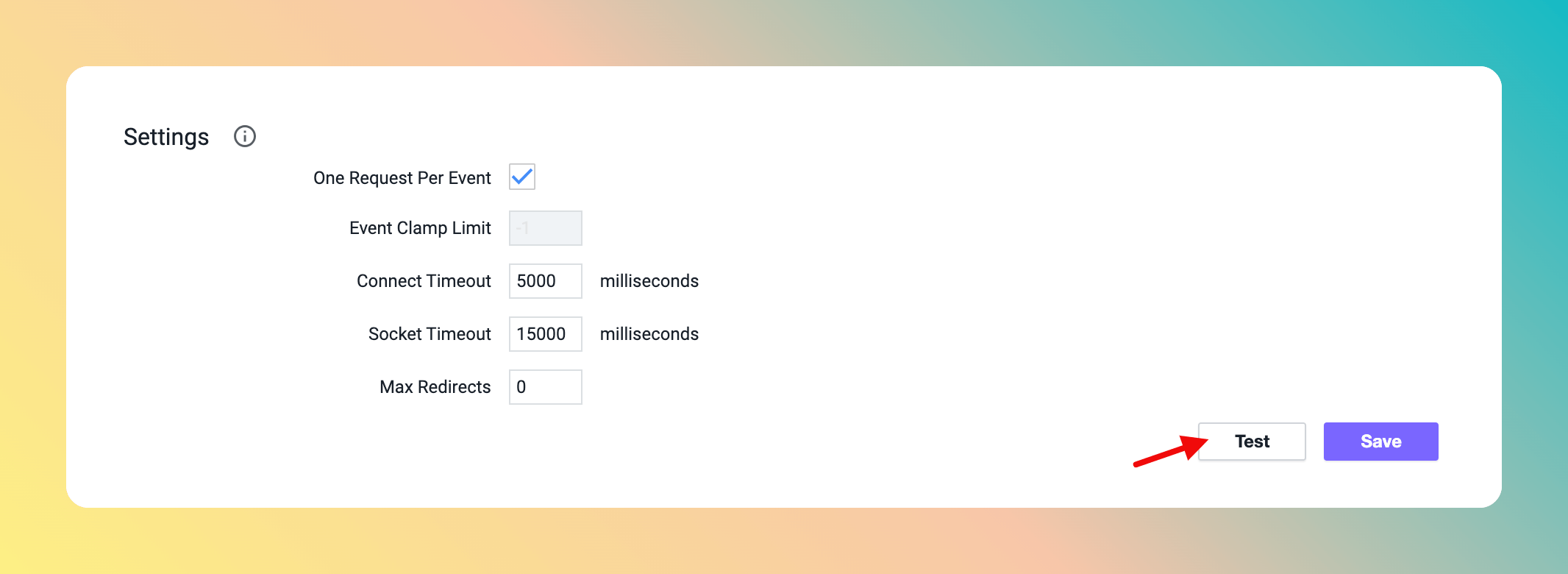
Log Level and Criteria.
- Select a
Log Level, like “Debug”. - Select an
Event Type Trigger. Here, we chose “Health Rule Violation Started - Warning”. This means we expect a new All Quiet Incident with Severity “Warning” when running the test. Run Test.
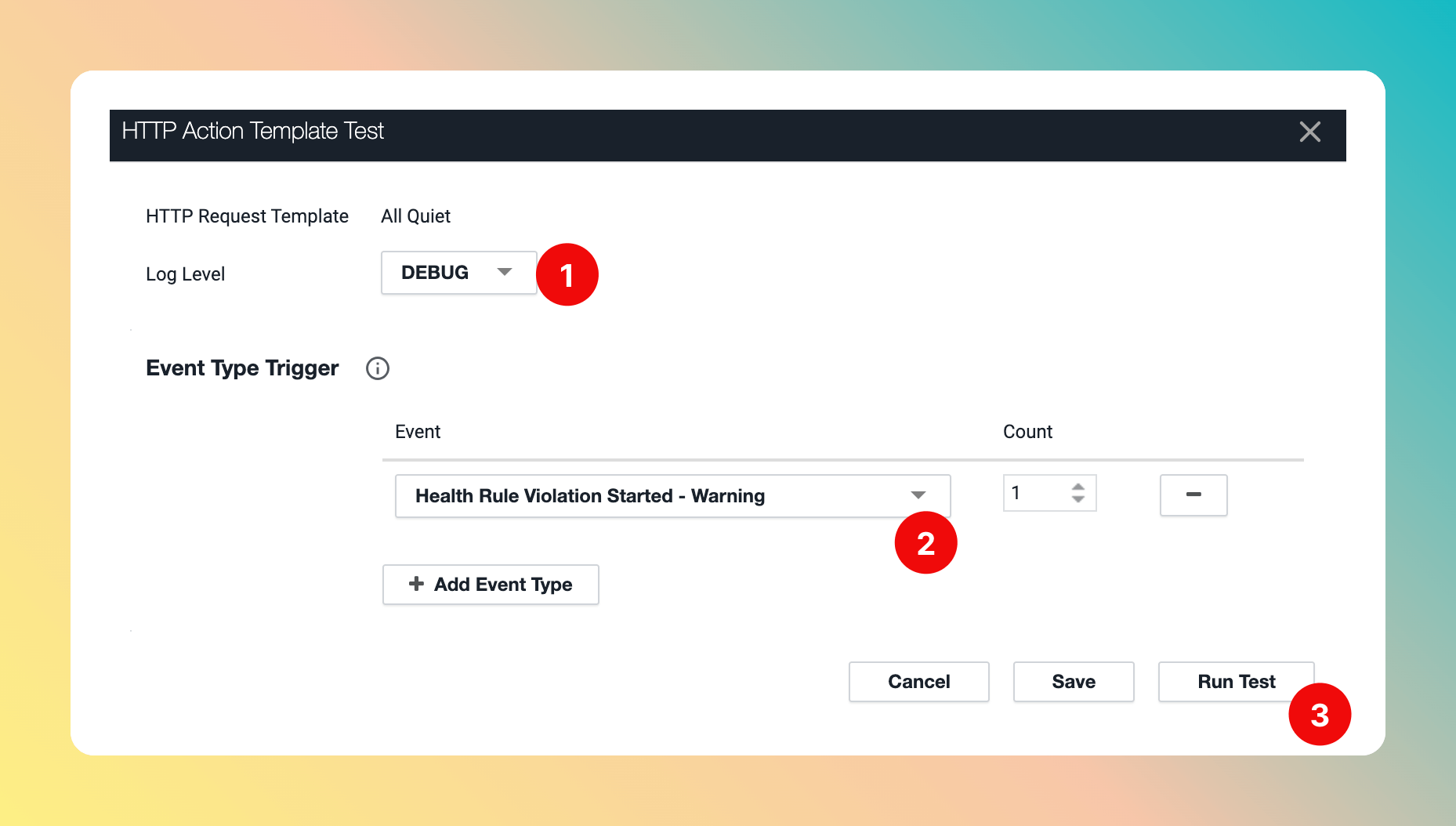
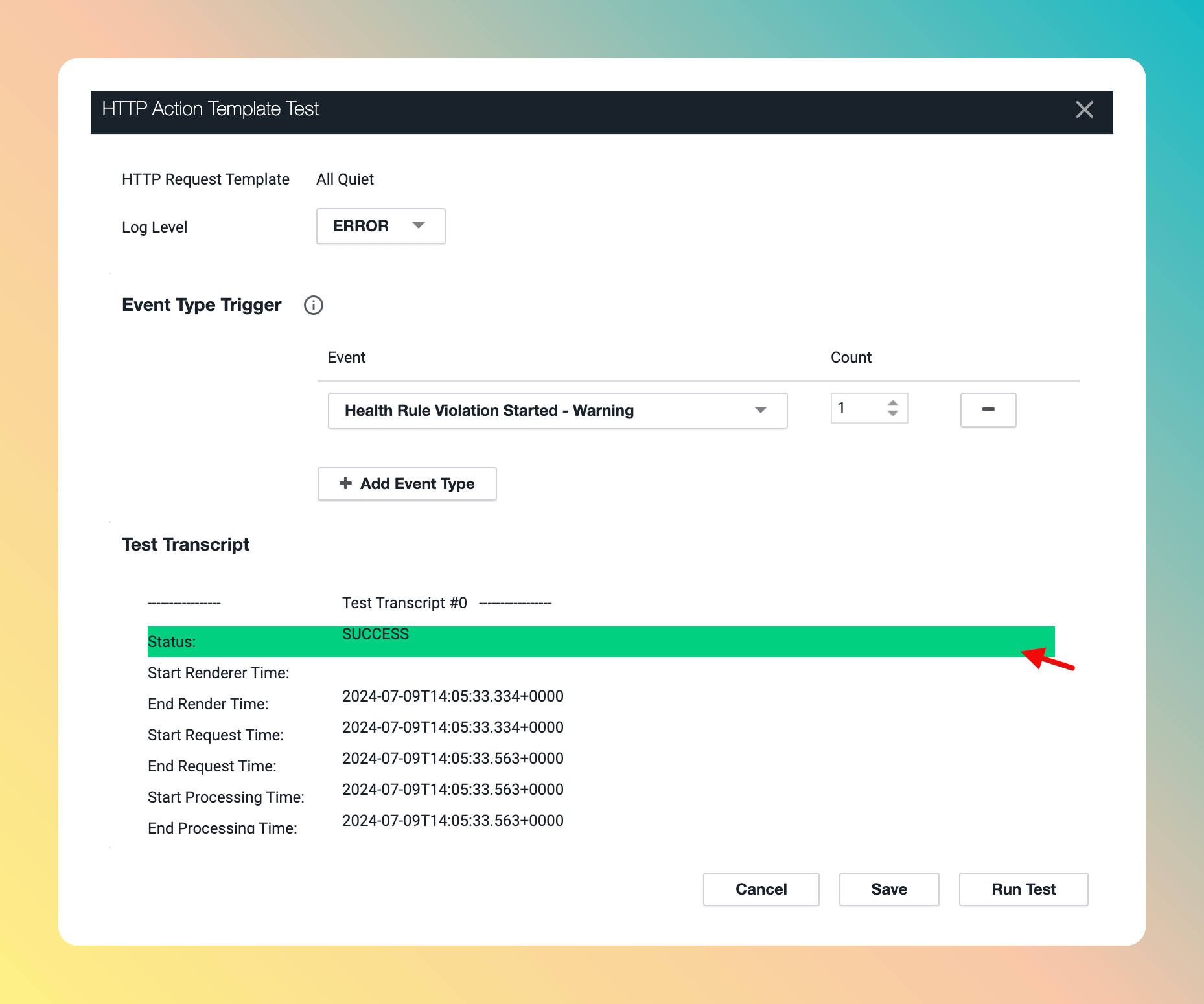

Cisco AppDynamics is now successfully integrated with All Quiet.